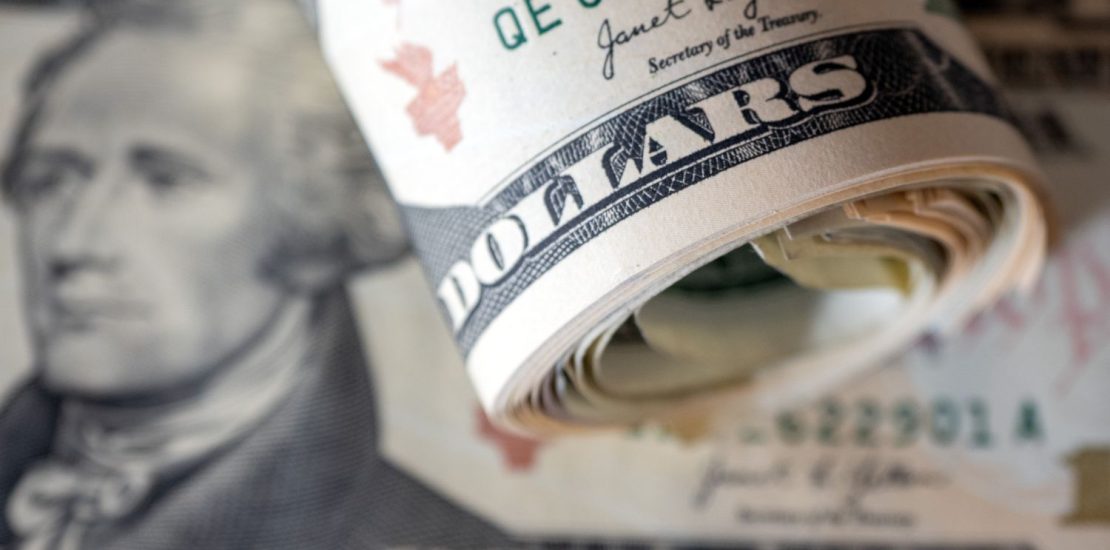- June 13, 2025
- Posted by: Regent Harbor Team
- Category: Global Economy

markdown
Contents
The Dollar’s Recent Decline
The U.S. dollar has had a rather rough start to the year, hasn’t it? It’s tumbled to its lowest level since 2022, signaling one of its worst openings in recent memory. The U.S. dollar index (DXY) dropped to a low of 98.6, which hasn’t been seen since March 2022. Such a sharp decline in value during the first half of the year is quite rare, occurring only twice since 1985, with the last instance in 2002.
Investors’ Concerns
Investors have been rather jittery, questioning the U.S. economy’s trajectory and America’s standing in global finance. Former President Trump’s unpredictable tariff policies shook confidence. Consequently, the “Sell America” trade emerged on Wall Street, marking a shift in sentiment.
Evidence in the Markets
This sentiment is evident in the market dynamics. U.S. stocks, for instance, lagged behind those in other developed markets, especially during Trump’s second term. Concerns over trade policies slowing U.S. growth exacerbated the situation.
Similarly, Treasurys and the dollar were notably affected post Trump’s “Liberation Day” tariffs. Former Treasury Secretary Janet Yellen described it as “a very unusual pattern”. There was speculation that countries like China retaliated by offloading U.S. Treasurys.
BofA’s Perspective: Dollarization Rising
In light of these developments, whispers of global “de-dollarization” are making rounds. However, Bank of America (BofA) analysts argue quite the opposite. They suggest the world is actually “dollarizing rapidly.” The role of nonbank financial intermediaries (NBFIs) is crucial here, with assets controlled by these entities growing from $28 trillion in 2009 to $63 trillion in 2022.
This suggests a healthy demand for dollars, further fuelled by the rising value of U.S. equities and housing. The U.S. equity market, for example, has expanded dramatically from $11 trillion in 2008 to $60 trillion today.
The Challenges of True De-dollarization
The task of achieving genuine de-dollarization appears formidable. It would necessitate significant transformations, such as the federal government spending less and taxing more. Shrinking bank and corporate balance sheets might also contribute, reminiscent of the post-2008 crisis scenario. Ironically, such a contraction could prompt increased government expenditure, boosting the dollar supply to stimulate the economy.
Stablecoins: A Boost for the Greenback?
Interestingly, the embrace of cryptocurrencies, particularly stablecoins, might act as a long-term driver for dollar demand. Recently, the Senate made progress with the GENIUS Act, which aims to set a legal framework for stablecoins. According to Sen. Bill Hagerty, this legislation could “cement the dollar’s status” as the world’s reserve currency.
BofA analysts also support this view. They anticipate that widespread adoption of Treasury-backed stablecoins may bolster demand for U.S. government debt. This could enable the Treasury to reduce interest expenses by issuing more short-term Treasurys, which generally have lower coupon rates compared to long-term debt.
Despite the immediate challenges, it seems the greenback still has a few tricks up its sleeve, doesn’t it?
